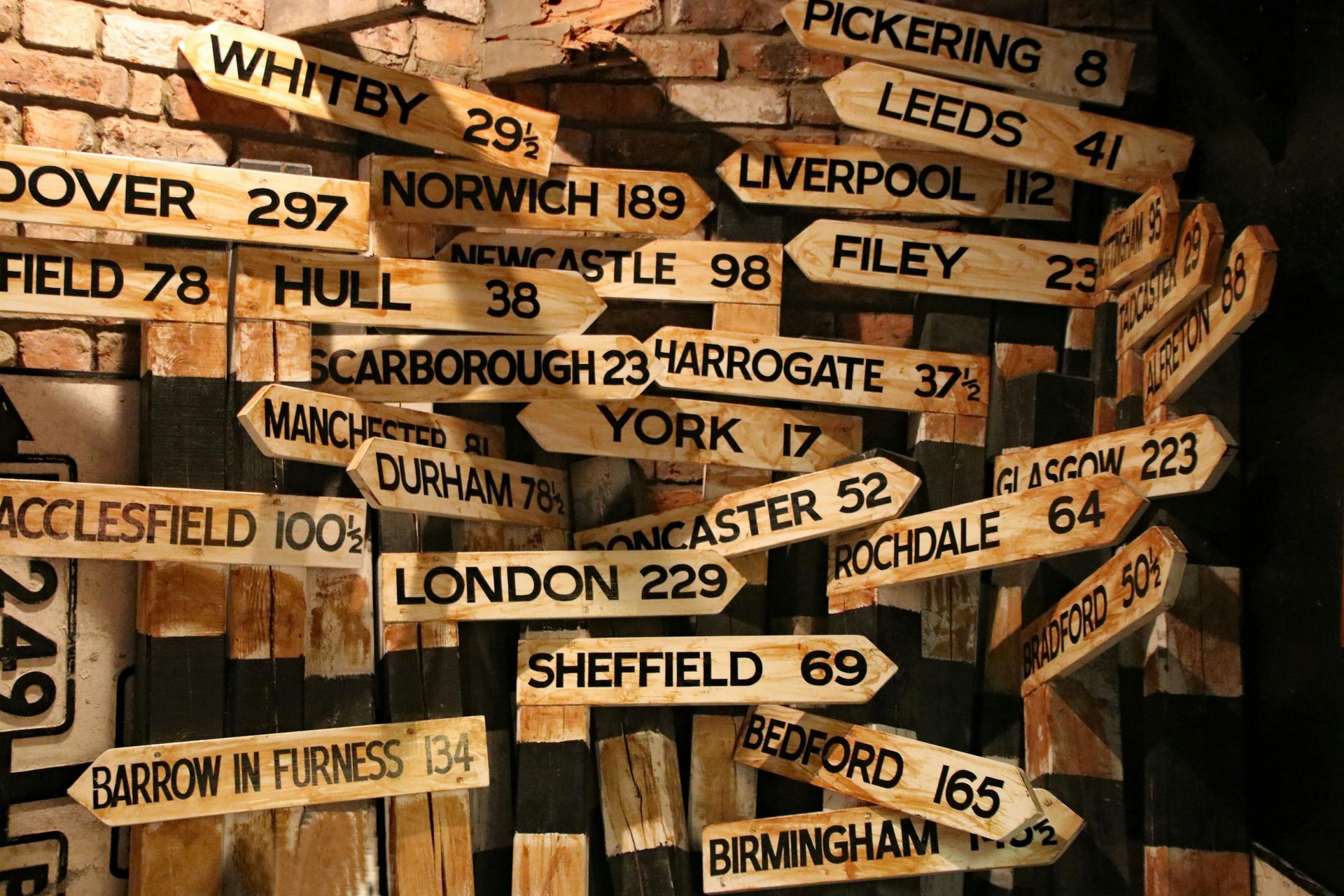Share
Stax CEO Rafi Musher and Director Palash Misra crafted an article on how to utilize social insights to fully understand a company’s position in the marketplace and what it needs to do in order to best operate the business.
The rapid-fire growth of alternative travel providers such as Airbnb and Uber shows that online conversations can drive business among consumers and sources of labor alike. More than ever, during the holidays – the peak season for most hospitality companies, from airlines and car rental companies to hotels and restaurants – executives need to be using social data as a listening post for consumer opinion and competitive positioning. They also need to connect social data with performance data to fully understand their position in the marketplace and what they need to do in order to best operate the business.
There is a considerable gap between executives who are well-versed in the social data as a strategic asset, and those who have either delegated the results too far away or are too far removed to understand the power that it offers.
Social media provides a relatively unedited glimpse into what guests are saying beyond traditional satisfaction scores. That being said, every type of self-reported opinion has some bias, and it is important to know how to balance for them. Hospitality execs can use social media and digital data to learn about the market, how they are positioned and how they benchmark relative to the competition – becoming better operators in the process.
Perhaps most importantly, social media offers localized data, which hospitality executives can use to manage multiple locations and determine how to strategically grow the business. They should never assume that what works for one location will be the same across the board for other locations or potential areas of expansion.
In addition, as more hospitality companies introduce amenities designed to attract local guests – such as a regionalized dish at a restaurant or a live music performance at a hotel – social data can help executives parse which initiatives resonate with locals vs. travelers.
Analyzing social media and digital data, and acting on that analysis, is an ongoing process.
It is not just a matter of looking at the receipts every day or expecting one week’s worth of data to produce valuable insights or trends. It takes time to collect the data, analyze it, compare it against which areas of the business are and are not successful, make small adjustments and measure the results.
For hospitality executives that have never examined and analyzed customer insights shared through social media, the process can seem daunting. However, this task can be broken down into four relatively simple, actionable steps that make it seem much less intimidating:
Step One: Evaluate
Start by evaluating performance across all relevant websites and social media platforms, such as Yelp and TripAdvisor (and multiple similar platforms), as well as Twitter, Facebook and Pinterest. Keep in mind that each of these platforms caters to different audiences: TripAdvisor is more relevant to travelers, while Yelp serves local residents and those traveling for leisure. More than eighty percent of Pinterest’s users are female.
Assess customer sentiment, customer comments, and engagement levels. Creating word clouds of commonly-used words and phrases is one of the most effective ways on gaining a quick snapshot into the prevailing customer sentiments, both positive and negative.
Step Two: Analyze
Once all web and social media data has been unpacked, it should be organized by location to assess performance and identify improvement opportunities. Comparing the performance of different locations to social media data can reveal the impact of reviews on different social media platforms.
This data needs to be compared with performance and local economic data to determine where consumer opinion is in line with performance, to see if any issues have root causes, and to show unmet growth opportunities, potential risks or upsides on the horizon.
After pain points have been identified from social media and web data, hospitality executives should use the data to identify potential fixes. In many cases, additional research is necessary – such as by surveying guests – to fully understand the opportunities for improvement and if proposed solutions would positively impact performance.
Step Three: Test and Measure
The “test and measure” approach is less risky and ultimately more effective than sweeping, company-wide rollouts of new policies. Execs should conduct small, fast, iterative tests at individual locations that have the potential to improve performance and profitability. They should then monitor that location’s performance, analyze and assess the incremental uplift, and refine strategies as needed. Once a strategy has been proven effective, it can be expanded to additional or all locations.
Step Four: Scale and Promote
If a new initiative proves effective, execs should look for ways they can scale up positive outcomes across the entire business. Well-received changes should be promoted to guests, emphasizing the benefits to them, as well as to company stakeholders and prospective investors.
While in the past, those in the hospitality industry had some information advantage over the customer, the current world is one in which the customer knows your performance faster than you do, and they know your availability. Fortunately, the abundance of social media data puts those in the hospitality industry in a better position to receive and implement feedback from guests than ever before – as long as they know how to aggregate, analyze and act on that data.






